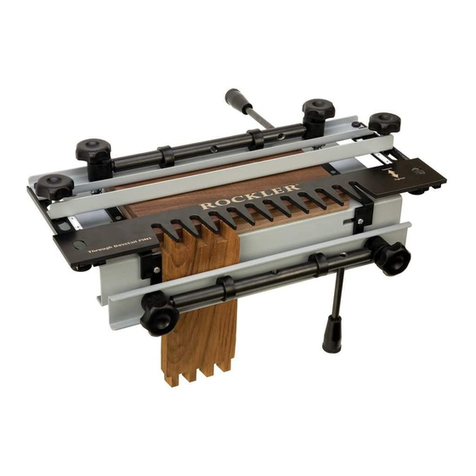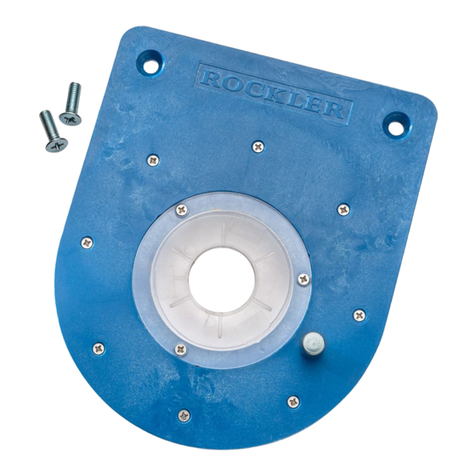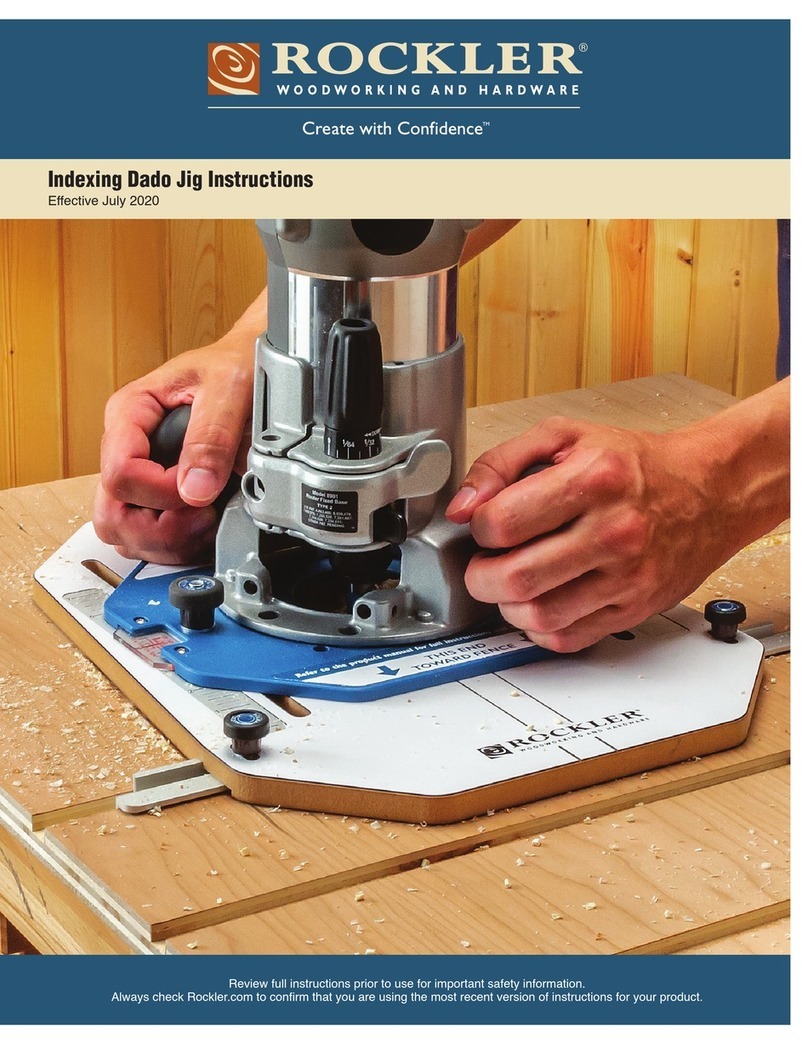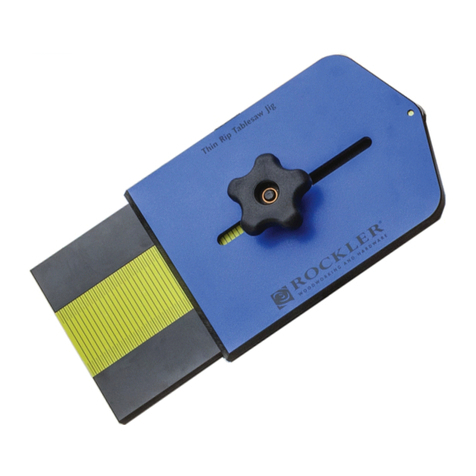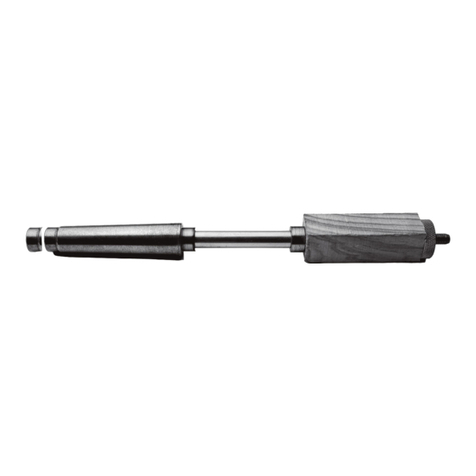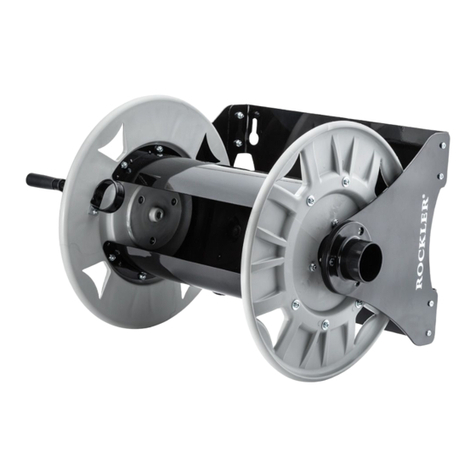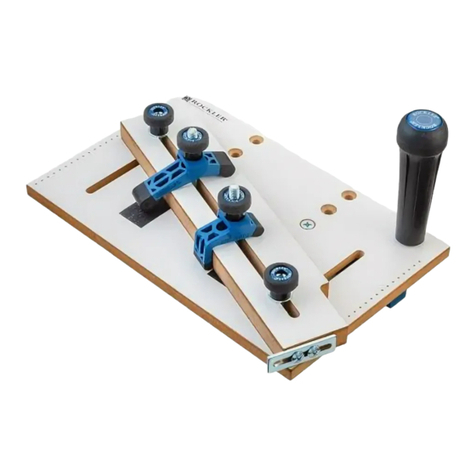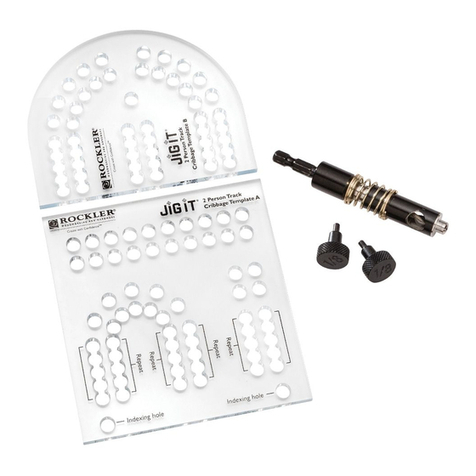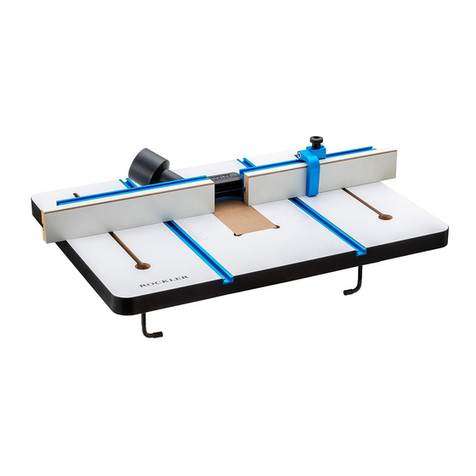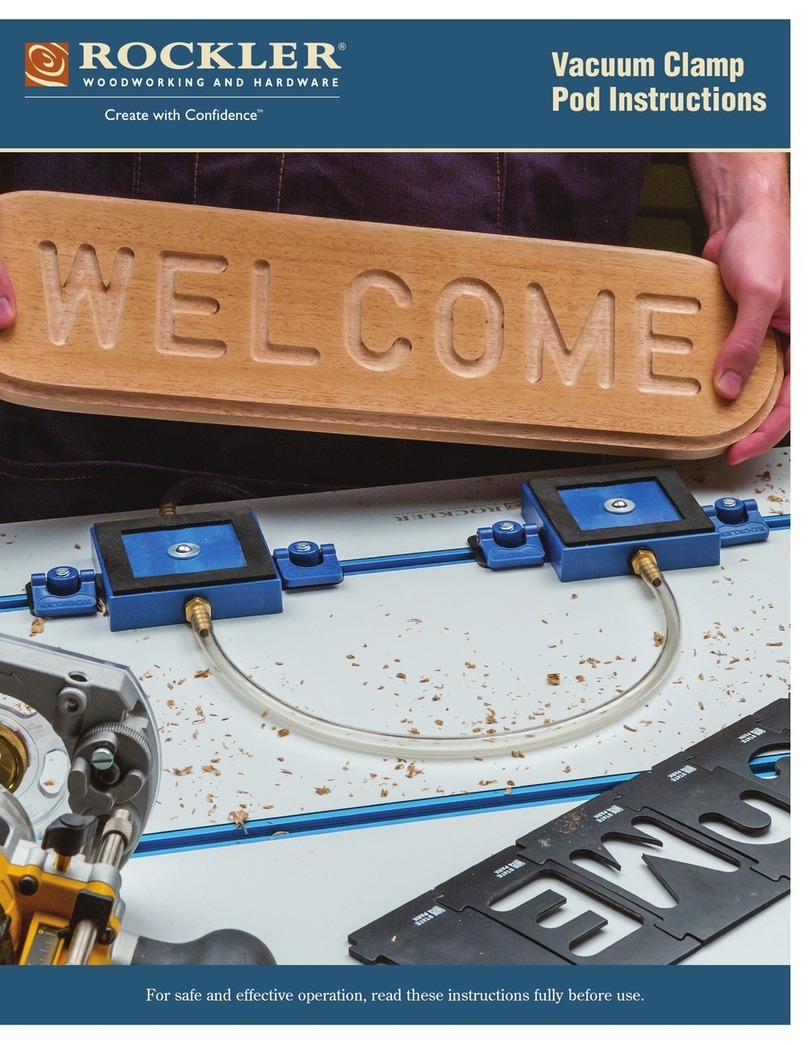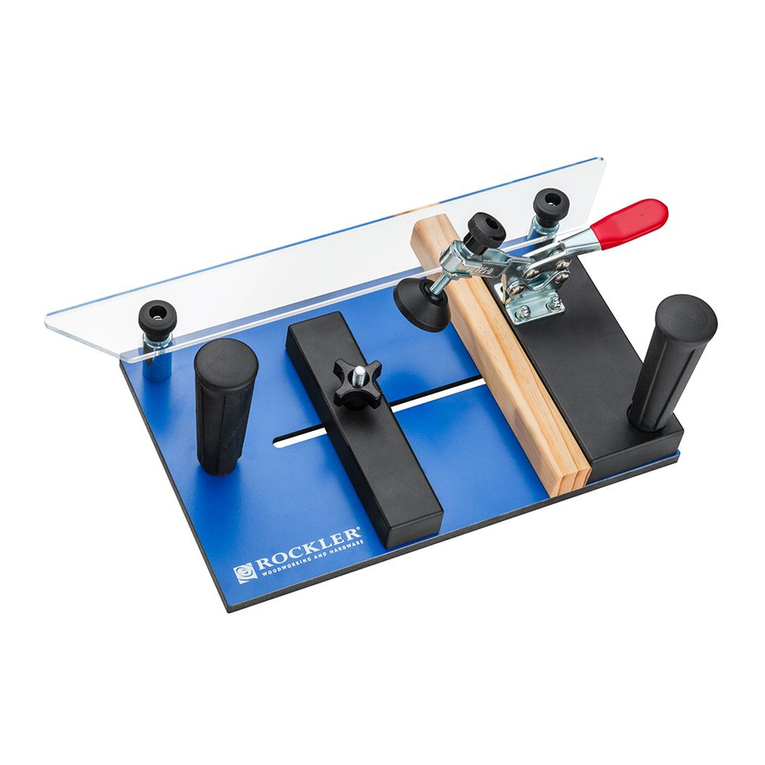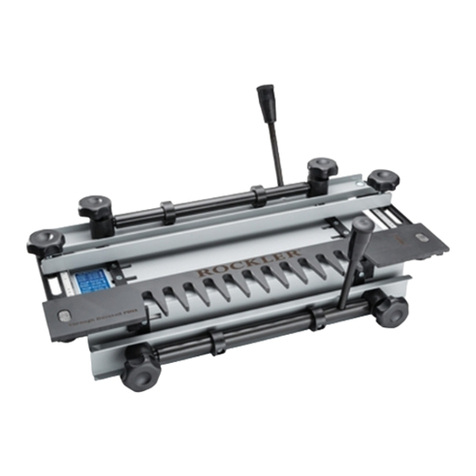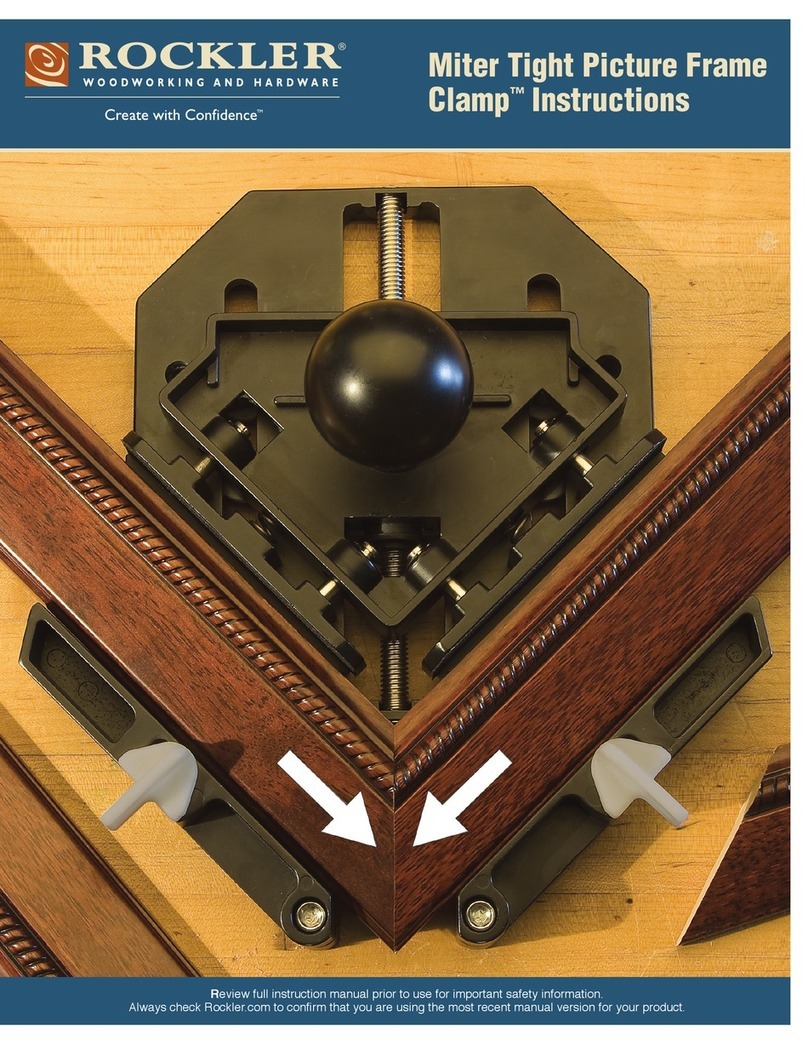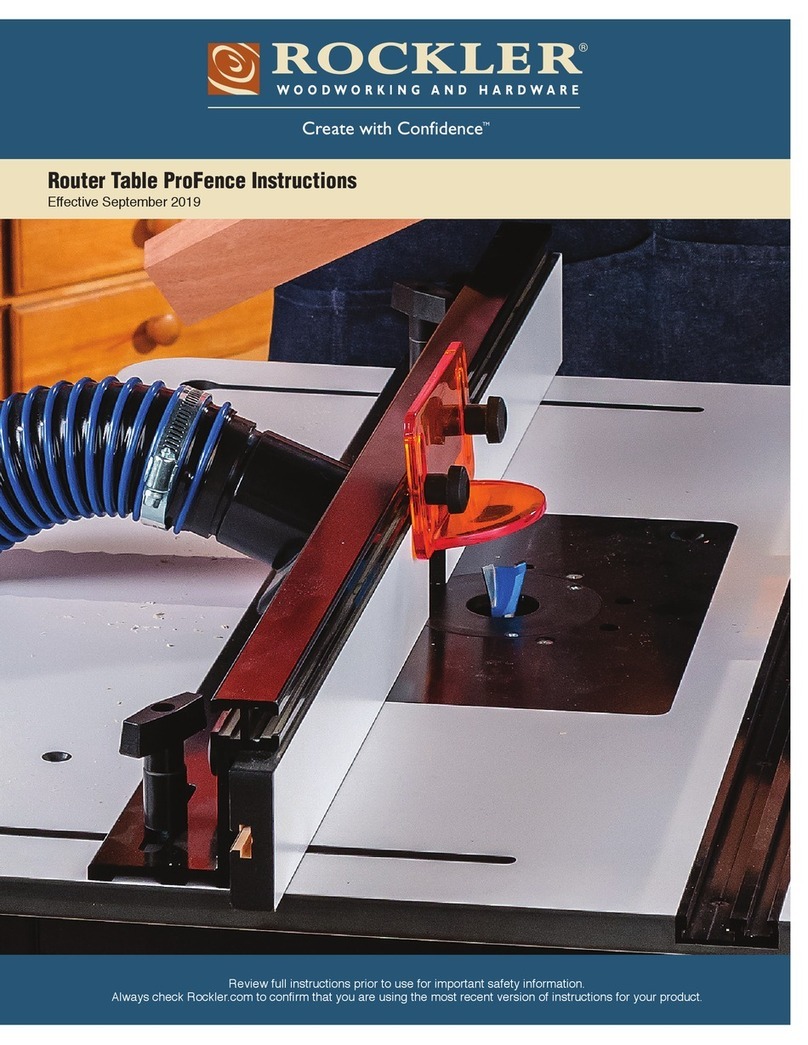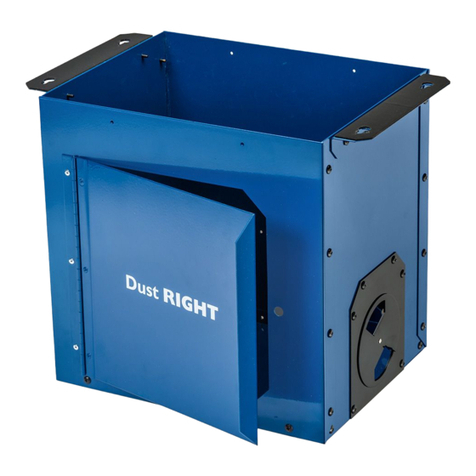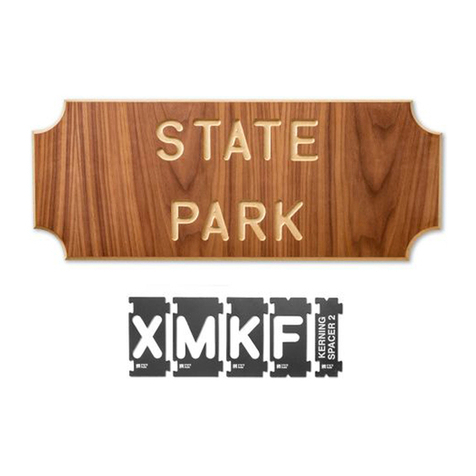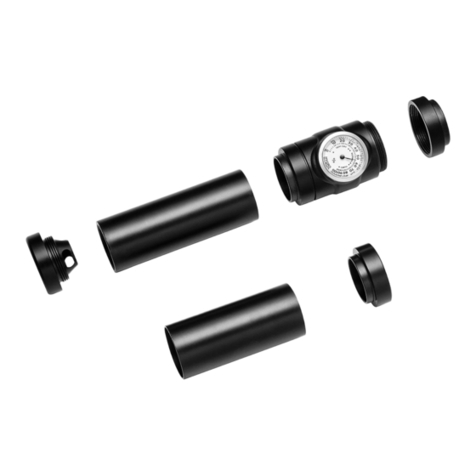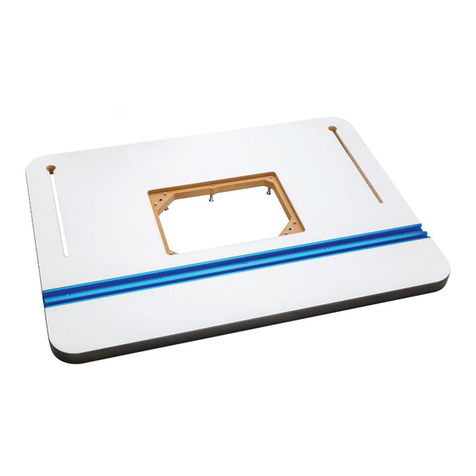
3
Selecting the “Scales” for the Handle
1. The pieces for the handle are called “scales” and can be cut
from domestic or exotic hardwoods, acrylic, bone, antler or
other suitable material. (They are not included with the kit.)
For this kit, start with scales that are at least 6" long by 2"
wide and 1/4" to 3/8" thick.
2. Identify and label the inside and outside face of each scale.
Cut the Scales
1. Decide how you want to shape the ends of the scales. See the
Shop Drawing on page 4 for three possible templates, or
come up with your own shape.
2. If using one of the shapes from the Shop Drawing, make sure
to print it out at 100%. Cut out the template and trace the shape
on each scale, taking care to position the template in similar
locations on the scales to preserve grain symmetry. (If not
using the templates, draw the desired shape on the ends of
the scales and use the Bottle Opener body to trace the curves
on the sides.)
3. Using a coping saw, scroll saw or band saw, cut the scales to
shape, leaving the trace line.
4. Sand the end profiles through progressive grits, up to 600, to
finalize the shape and smooth the edges.
Mount the Scales
The kit comes with one long Pin that can be cut with a hacksaw
and be used to help mount the scales. Use of the Pins is not
required, however, and might not be desirable if you are
working with highly figured scales or prefer a solid effect.
To Mount Without Pins:
1. Apply a thin coat of CA glue or epoxy to the inside face of one
scale and press it against one side of the Tool Body. Clamp in
place and allow glue to cure.
2. Apply a thin coat of CA glue or epoxy to the inside face of the
other scale and press against the other side of the Tool Body.
Clamp in place and allow glue to cure.
To Mount With Pins:
1. Apply a thin coat of CA glue or epoxy to the inside face of one
scale and press against one side of the Tool Body. Clamp in
place and allow glue to cure.
2. Using the holes in the Tool Body as a guide, drill 1/8" holes
through the scale to accommodate the Pin. Place a sacrificial
backer board under the scale to avoid tear-out. Fig. 1.
To avoid problems when installing the
pins, it is important to drill holes as close as possible to
perfectly vertical.
3. Apply a thin coat of CA glue or epoxy to the inside face of the
other scale and press against the right side of the Tool Body.
Clamp in place and allow glue to cure.
4. Using the holes you drilled in the first scale as a guide, extend
the 1/8" holes through the second scale. Fig. 2.
5. Apply a drop of CA glue to the Pin and press it into one of the
holes you drilled in the scales, making sure that the Pin goes
all the way through to the outside face of the other scale.
If the fit is snug, a Spring Tool nail
set (12394, sold separately) makes it easy to carefully tap
the pin into place.
6. Use a hacksaw to cut the excess Pin material just above the
scale. (You’ll file or sand it flush during final shaping.)
7. Repeat Steps 5-6 to install the Pin in the other hole you drilled
in the scales.
Shape, Sand and Finish the Scales
1. Using flat and round files, a power sander or handheld
sandpaper, shape the outer edges of the scales flush with the
Tool Body and refine the thickness and profile of the handle
until the desired contour is achieved.
2. Sand the scales and Pins through progressive grits, up to 600.
3. Apply the finish of your choice to the scales, keeping in mind
that, as the Opener is handled, the handle will come in regular
contact with oils that could degrade the finish.
4. Polish as desired.
Check Rockler.com for updates. If you have further questions, please
contact our Technical Support Department at 1-800-260-9663
or support@rockler.com
Fig. 1
Fig. 2
Sacrificial backer board
Scales
